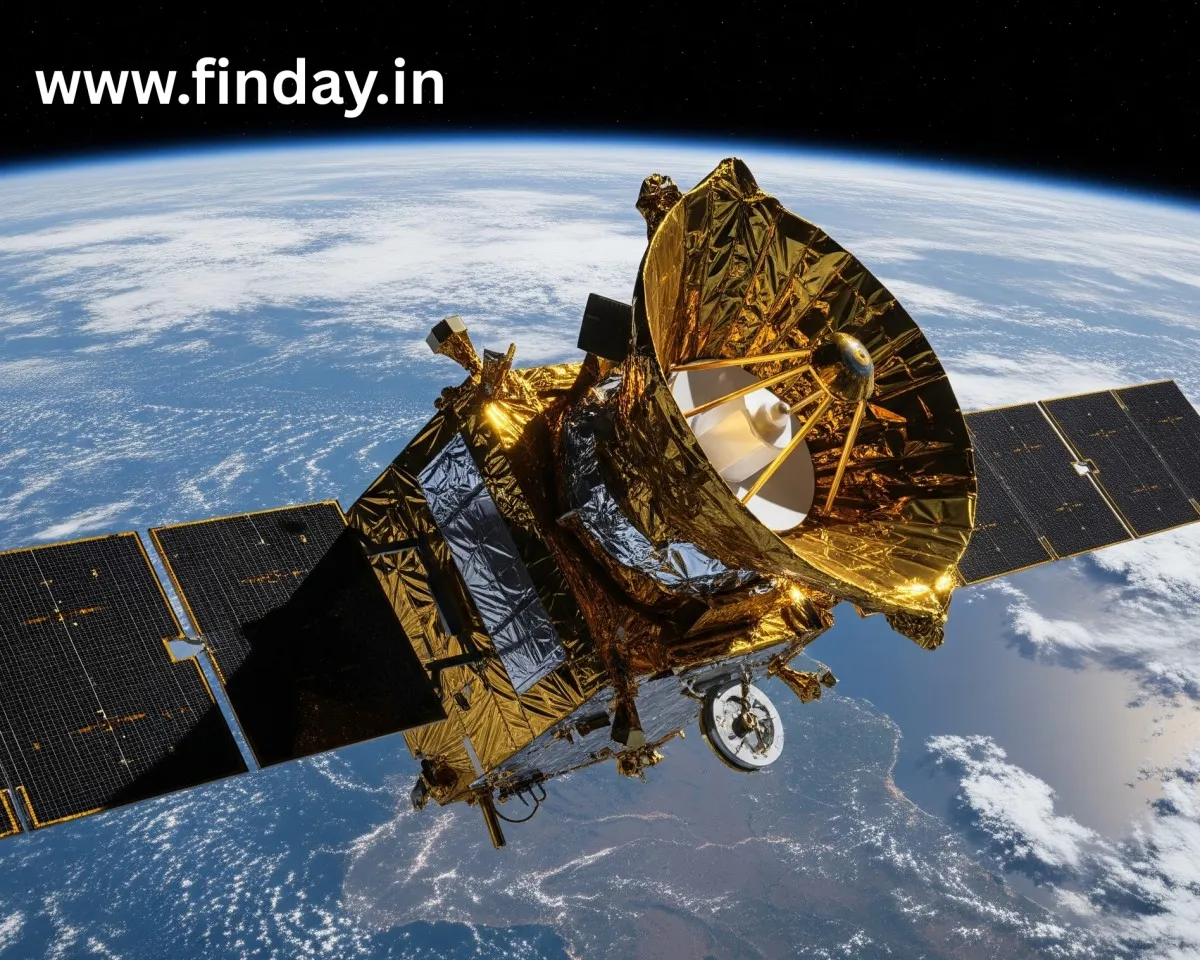On July 30, 2025, the NASA-ISRO NISAR satellite soared into orbit, marking a groundbreaking collaboration between the U.S. and India to monitor Earth’s changes. Follow the latest updates as this $1.5 billion mission unfolds!
A New Era Begins with Today’s Launch
At 5:40 PM IST today, July 30, 2025, the skies over Sriharikota lit up as ISRO’s GSLV-F16 rocket lifted off, carrying the NASA-ISRO Synthetic Aperture Radar (NISAR) satellite. This $1.5 billion mission, a decade in the making, is the first major Earth-observing satellite jointly developed by the U.S. and India. Launched from the Satish Dhawan Space Centre, NISAR promises to deliver real-time data on Earth’s surface, ice, and ecosystems, revolutionizing climate and disaster monitoring.
Successful Liftoff and Orbit Injection
The launch was a nail-biter, but GSLV-F16 delivered flawlessly, injecting the 2,392-kg NISAR into a 743-km Sun-synchronous polar orbit within 19 minutes. ISRO Chairman V Narayanan hailed it as a “precise injection,” with all systems performing as expected. This marks ISRO’s 102nd mission and the first time a GSLV has placed a satellite into this orbit, showcasing India’s growing space prowess. The mission’s dual-frequency radar—NASA’s L-band and ISRO’s S-band—unfurls a 12-meter mesh antenna, ready to scan the planet.
What Makes NISAR Special?
NISAR stands out with its ability to see through clouds and operate day or night, thanks to its advanced Synthetic Aperture Radar (SAR) technology. It will map nearly all land and ice surfaces every 12 days, detecting changes as small as fractions of an inch. From tracking glacier melt in the Himalayas to spotting earthquake risks, its data will aid farmers, disaster teams, and scientists worldwide. The open-data policy ensures free access within 1-2 days—or hours during emergencies—making it a global resource.
Impact on Climate and Disaster Response
Today’s launch comes at a critical time, with climate challenges escalating. NISAR will monitor ice sheets, forests, and soil moisture, offering insights into sea-level rise and carbon storage. It’s already being called a game-changer for predicting natural disasters like floods and landslides. ISRO and NASA aim to enhance disaster preparedness, with data supporting aviation, shipping, and infrastructure management. The mission’s five-year lifespan could transform how we respond to Earth’s dynamic changes.
Behind the Scenes: A Decade of Collaboration
This mission reflects over 10 years of teamwork, blending NASA’s radar expertise with ISRO’s launch capabilities. The satellite, built in Bengaluru and tested rigorously, arrived in Sriharikota in May 2025. The launch delay from March to July, due to hardware upgrades, only heightened the anticipation. Now, with NISAR in orbit, the next 90 days will focus on commissioning before science operations begin.
Disclaimer
This blog provides real-time updates on the NASA-ISRO NISAR satellite launch on July 30, 2025, based on official reports from ISRO and NASA. For the latest details, visit isro.gov.in or nasa.gov. This content is for informational purposes only and not a substitute for official announcements.


